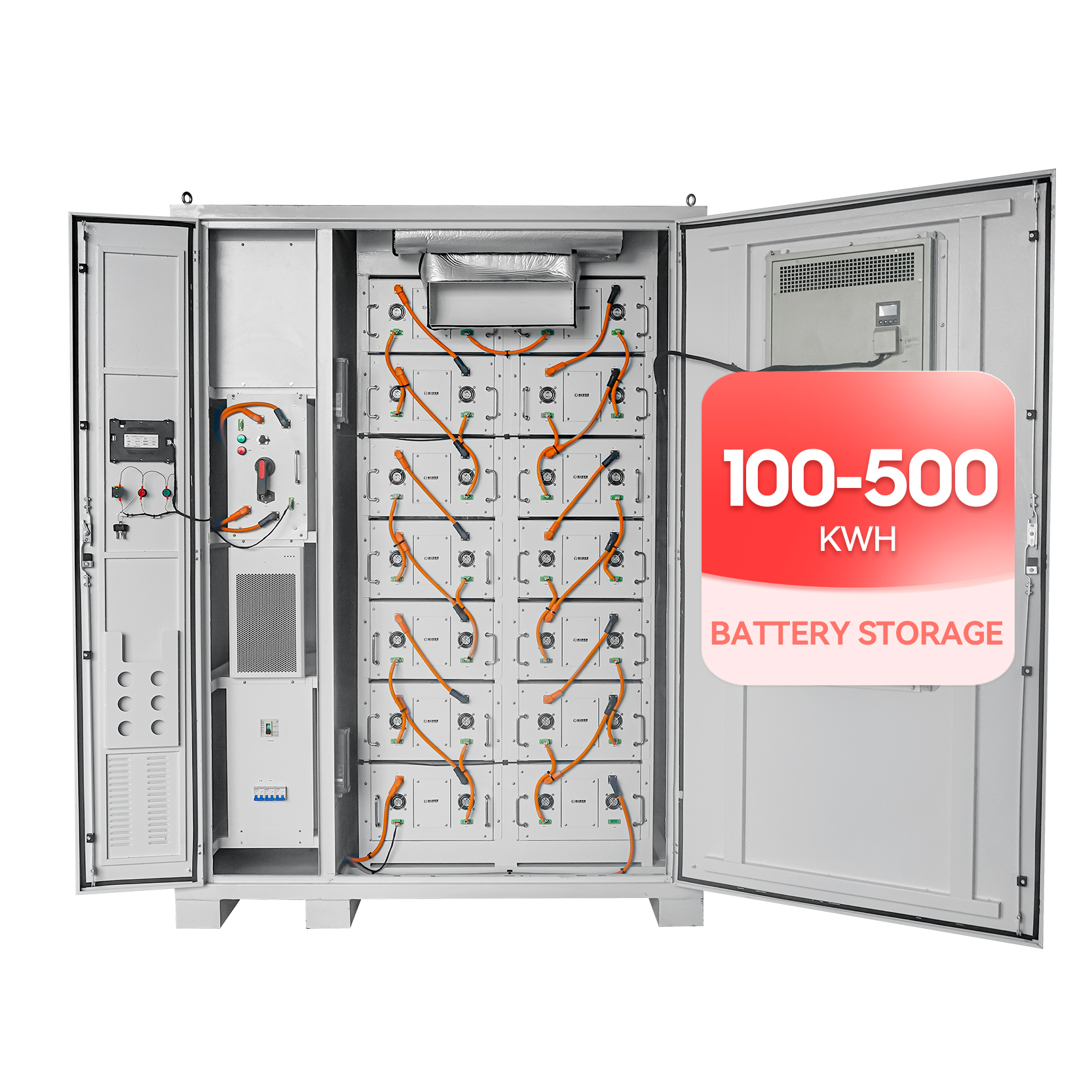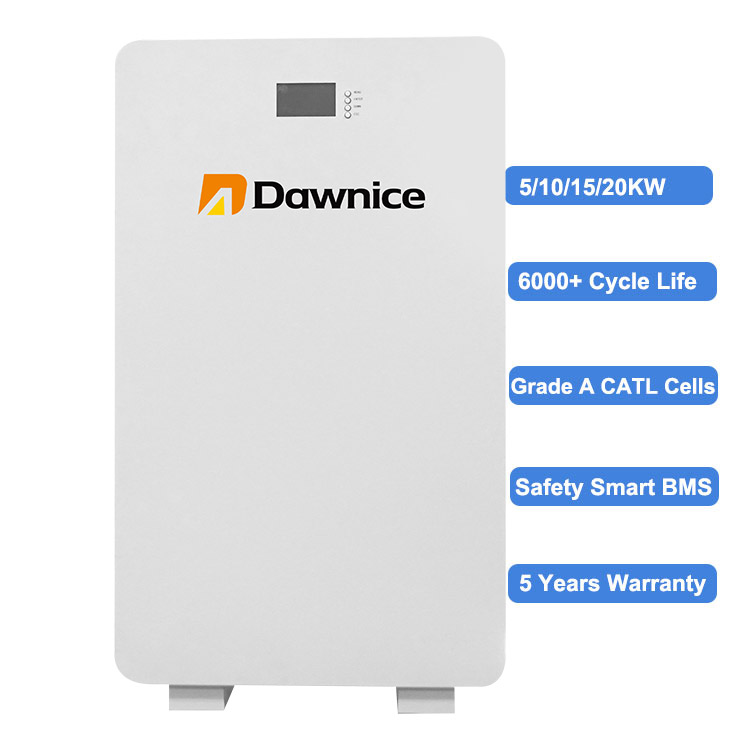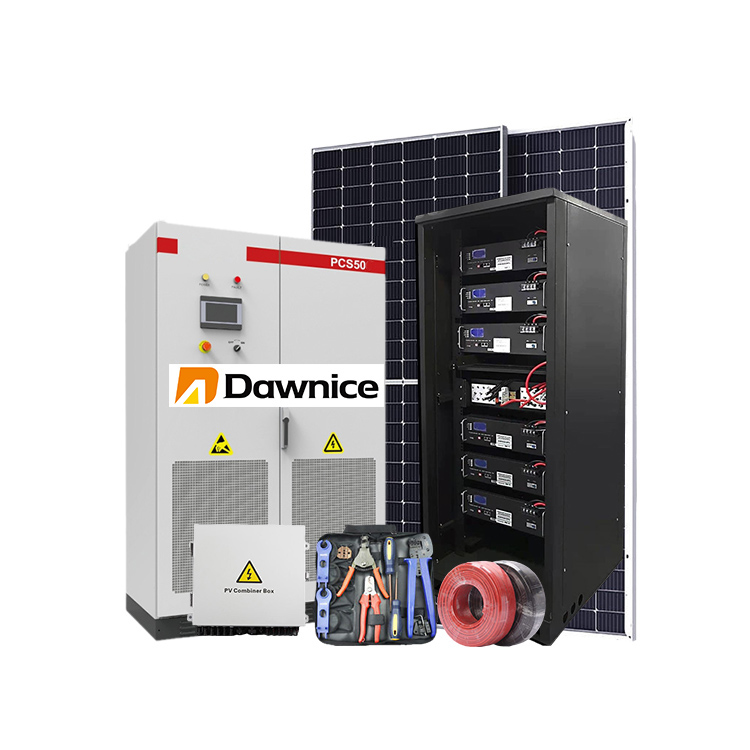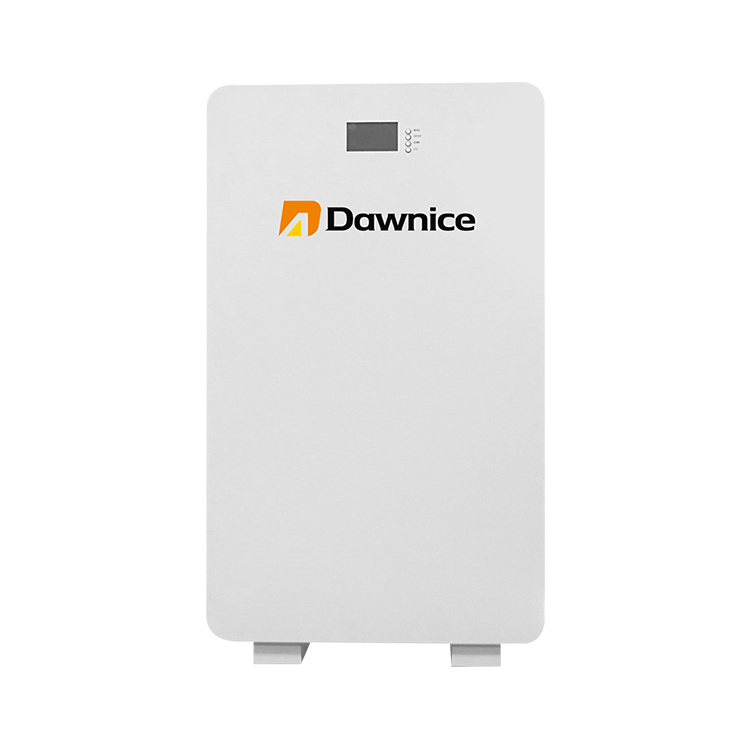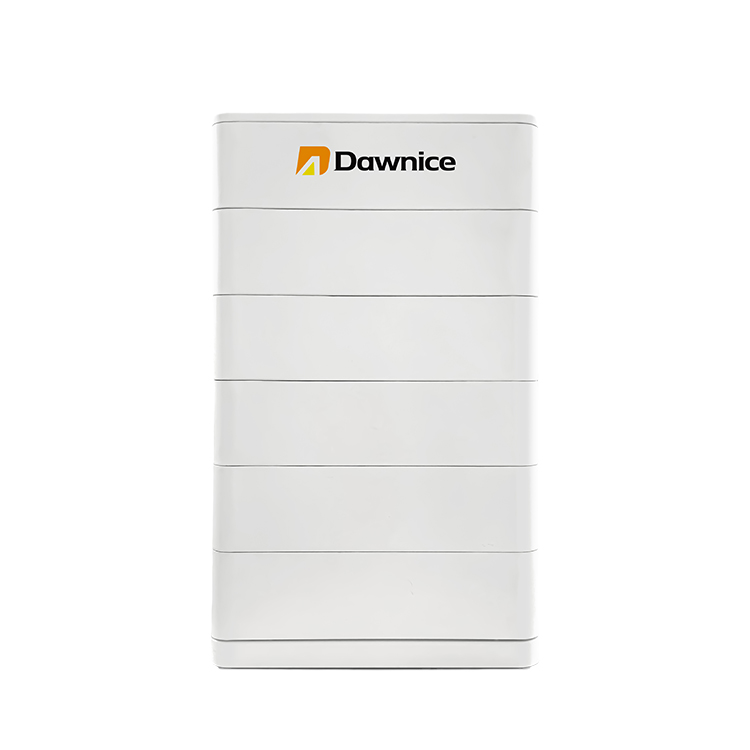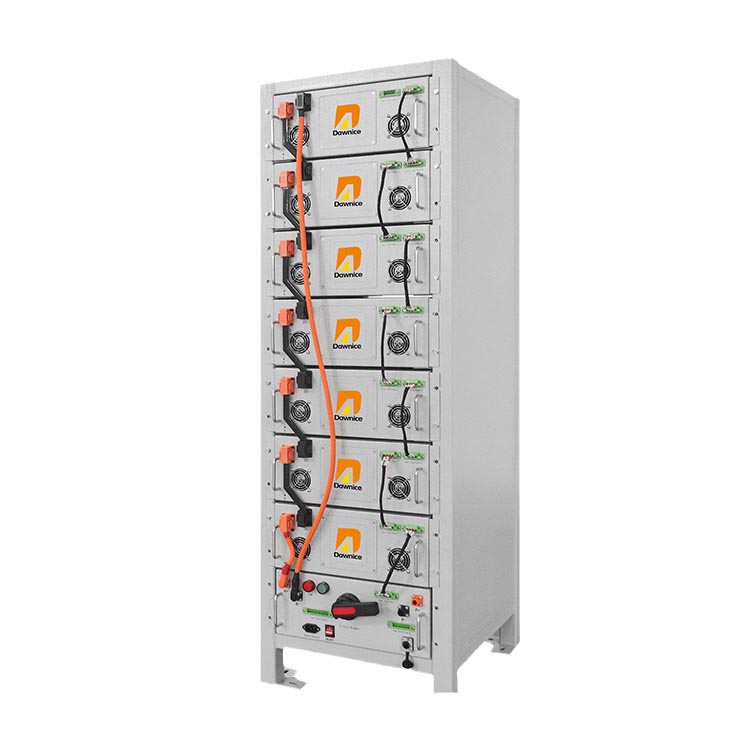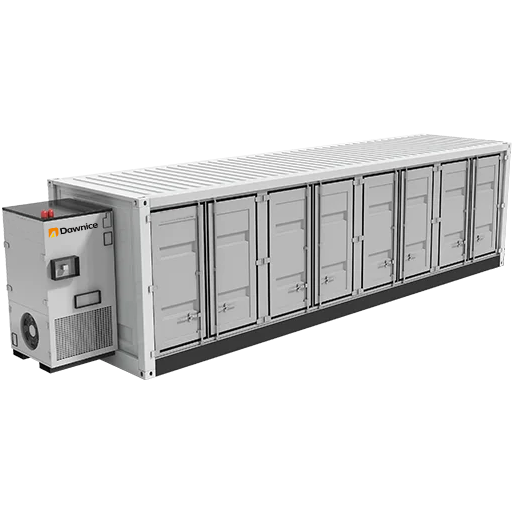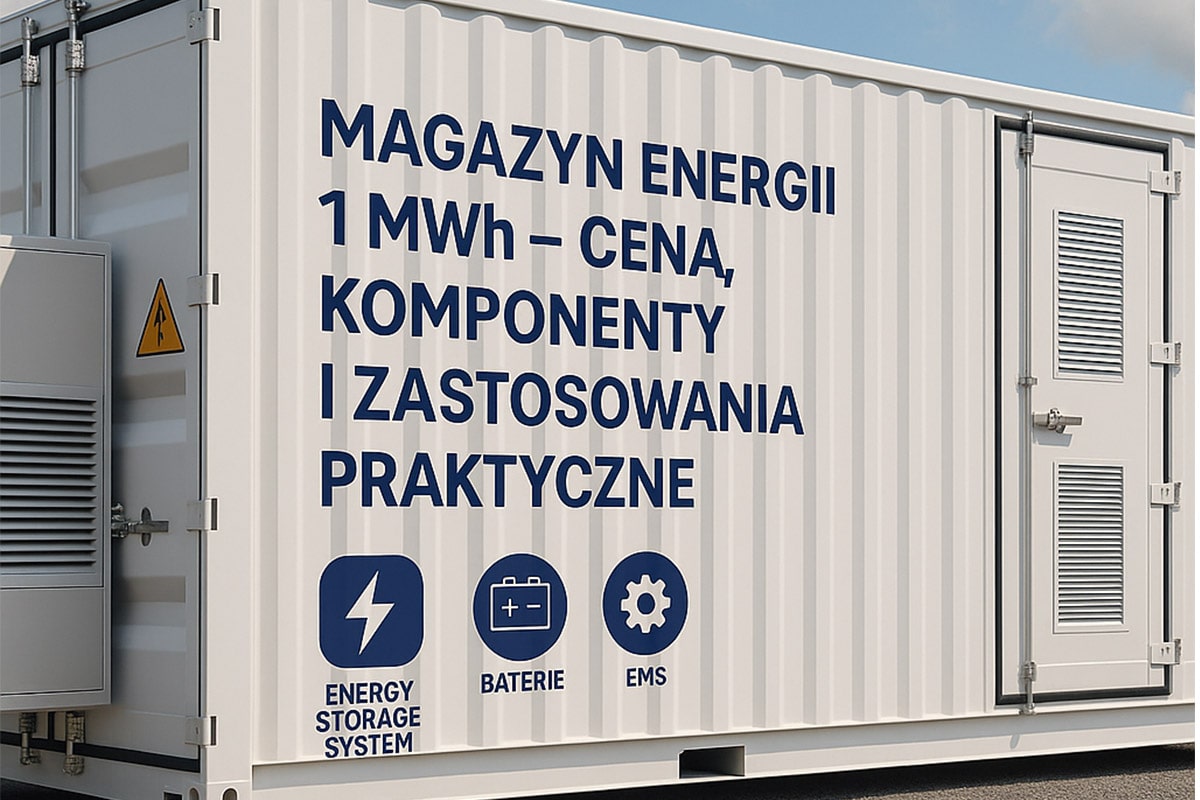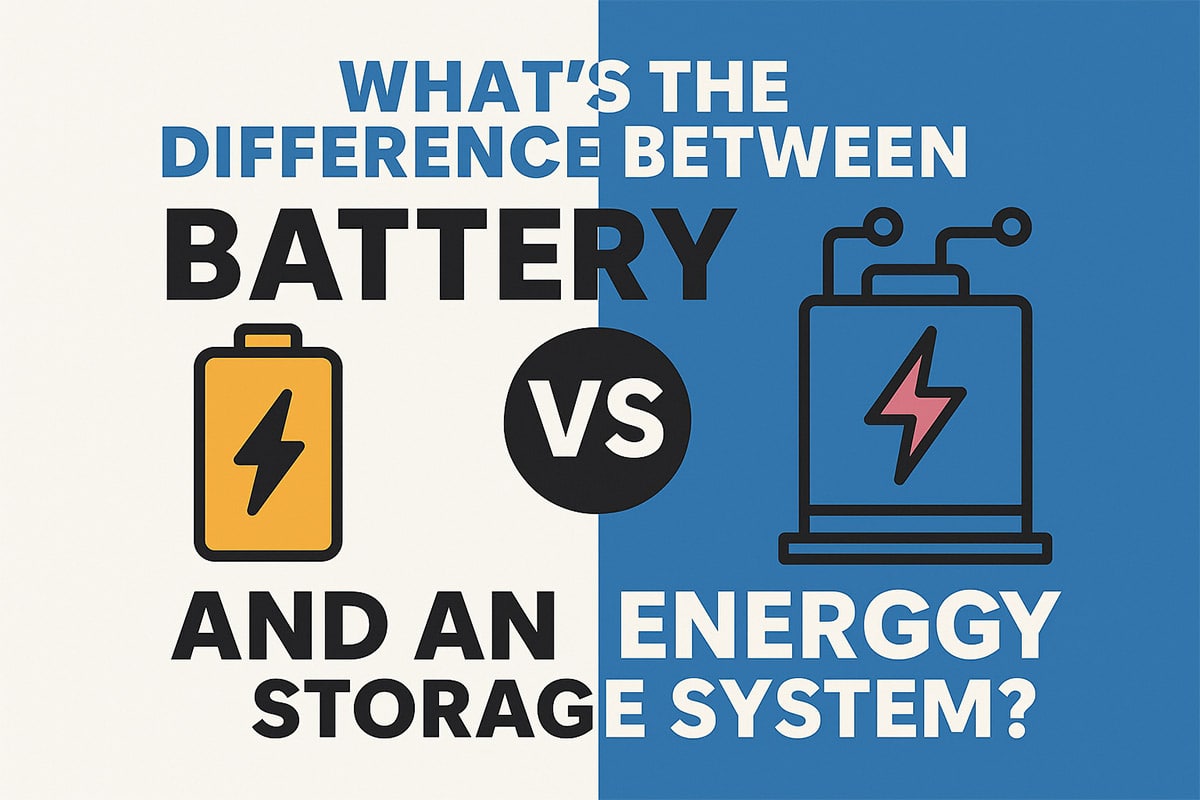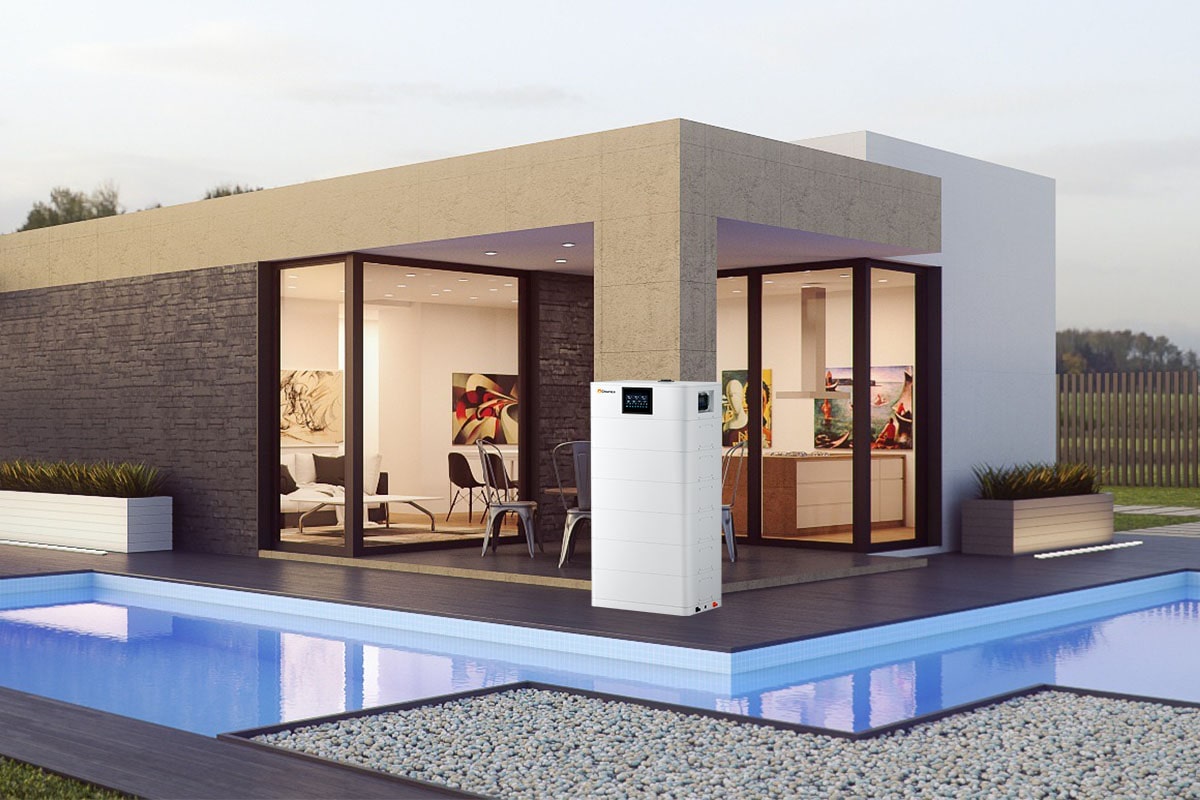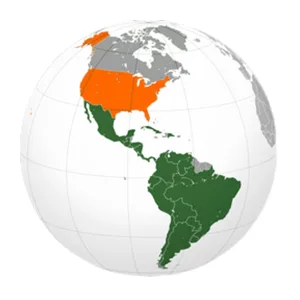How to Identify the A, B, and C Grades of Solar Panels
How to Identify the A, B, and C Grades of Solar Panels
The grades of solar panels can be divided into A grade, B grade, C grade and D grade, and A grade solar modules can be divided into two grades, A+ and A-. The cost gap is also very large. So what kind of solar panel is called A grade, and what kind of solar panel is called D grade? Here is a brief introduction for you:
A-grade modules: A-grade cells are the highest quality cells that can be used in solar modules;
B-grade modules: B-grade cells are slightly lower than A-grade, and the components can be downgraded to use complete cells;
C-grade modules: C-grade cells are seriously poor in appearance and have missing corners. They are only suitable for cutting cells to make small components and supplying them to customers with special needs;
C-grade modules: C-grade cells are seriously poor in appearance and have missing corners. They are only suitable for cutting cells to make small components and supplying them to customers with special needs;
D-grade modules: D-grade cells are fragments, which are supplied to customers with special needs or treated specially.
So how should we judge?
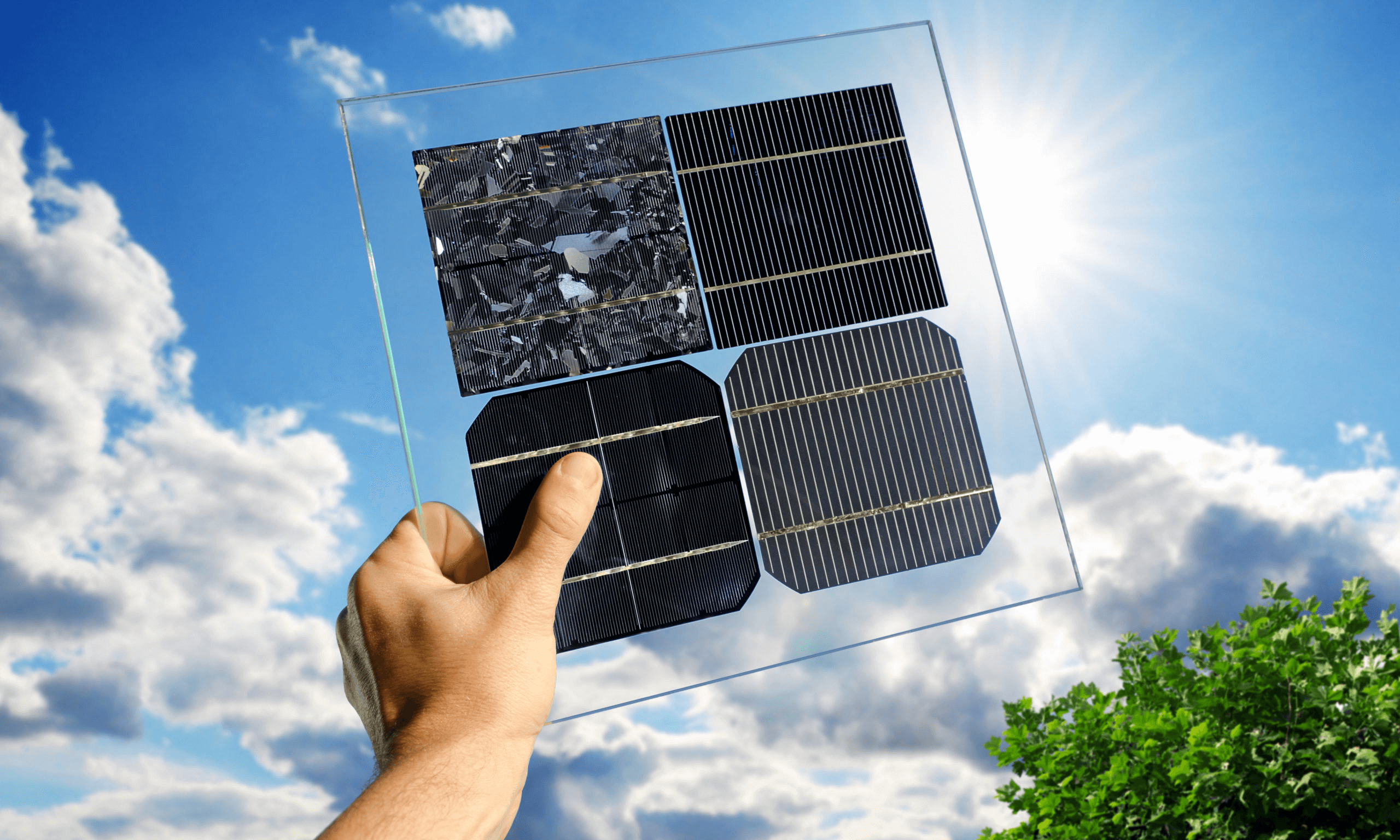
Judge the grade of solar panels from the following two points:
1. Appearance Judgment
(1) Look at the surface
Carefully check the tempered glass surface, the products of small manufacturers are relatively rough, and the residual silica gel on the surface will reduce the power generation efficiency of the panel.
(2) Look at the battery sheets
Check the cells for edge chipping and cracks. There are many informal manufacturers who use broken battery sheets to splice together. This method has great risks and hidden dangers, which will affect the safe use of the entire battery board.
(3) Look at the back
Look at the quality of the pressure on the back. If there is unevenness after pressure bearing, such as bubbles, wrinkles, etc., it is regarded as a relatively low-quality product.
(4) Look at the frame
Is it straight. Due to the low barriers to entry in the solar panel industry, many small manufacturers use manual framing, the shape is not strictly rectangular, and the firmness is greatly reduced.
(5) Look at the silica gel
See if the silica gel is evenly distributed around the back, and whether it is tightly infiltrated into the gap between the backplane and the frame.
(6) Look at welding
Carefully observe whether there is any missing welding in the string welding of the cells. At the same time, it is also necessary to check whether the arrangement of the cells is regular.
(7) Look at the junction box
Finally, check whether the junction box is firm, whether the junction box cover can be firmly and tightly attached to the junction box, and whether the outlet wire lock can rotate freely and can be tightened.
2. Purchase channels
Whether you buy from authorized distributors of regular big brand manufacturers, and check and check the quality assurance contract, invoice, etc. These determine whether you can purchase A-level modules and enjoy after-sales service and subsequent 25-year quality assurance services .
With the rise of photovoltaic power generation, many module factories have also been added to the market. Some module factories will have strict factory inspections during the production of photovoltaic modules, and divide the modules into A, B, C, and D grades according to their performance and appearance. And some small component factories just follow the trend, buy old cells, and then process them and sell them. For friends who are new to the industry, it is easy to buy these B-level and C-level components, and they will be broken within a few years. Class A modules have excellent performance and a service life of at least 25 years. Generally speaking, only A-level modules can be marketed openly and aboveboard.
So what are the A, B, and C-level components generally used for?
A-level components: mainly used in ground power stations, distributed power stations, household systems, etc., with a life span of more than 25 years.
Class B components: mainly used for street lamps, off-grid systems, battery cars, etc., with a 5-year lifespan. Such components are Class A degraded components or produced with Class B materials.
Type C modules: mainly used in areas with underdeveloped electricity consumption, such as remote areas, Afghanistan, the Middle East, South Africa, etc., and the service life is unknown.
Therefore, when choosing photovoltaic power plant components, you should not ignore the quality of the components for the sake of saving costs. If you have any questions, please feel free to contact us.

